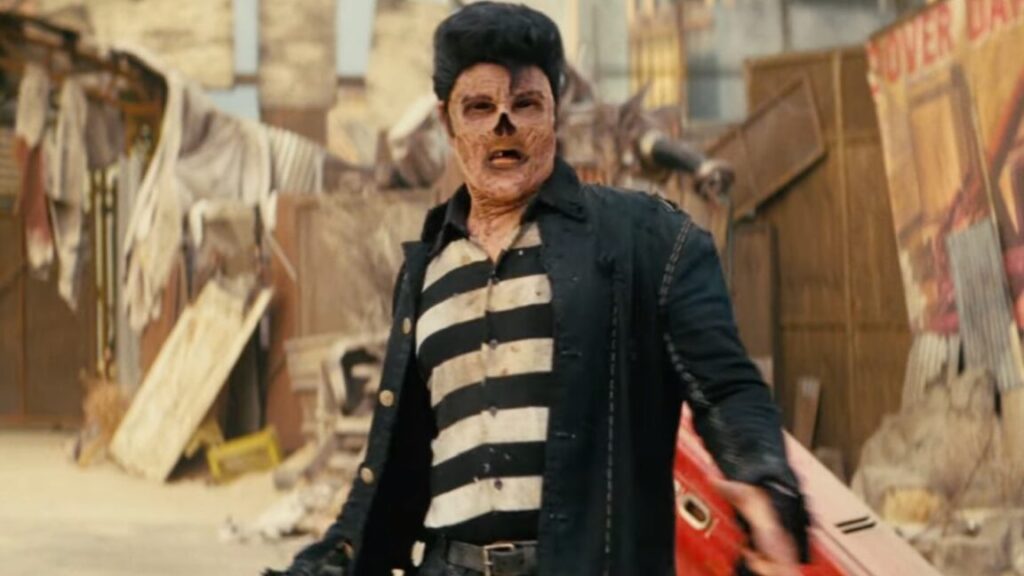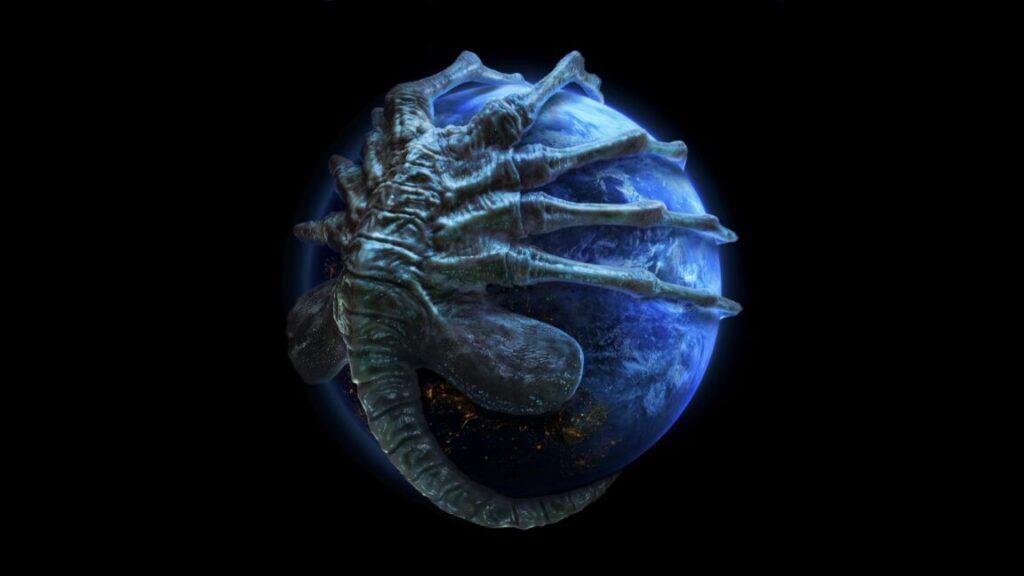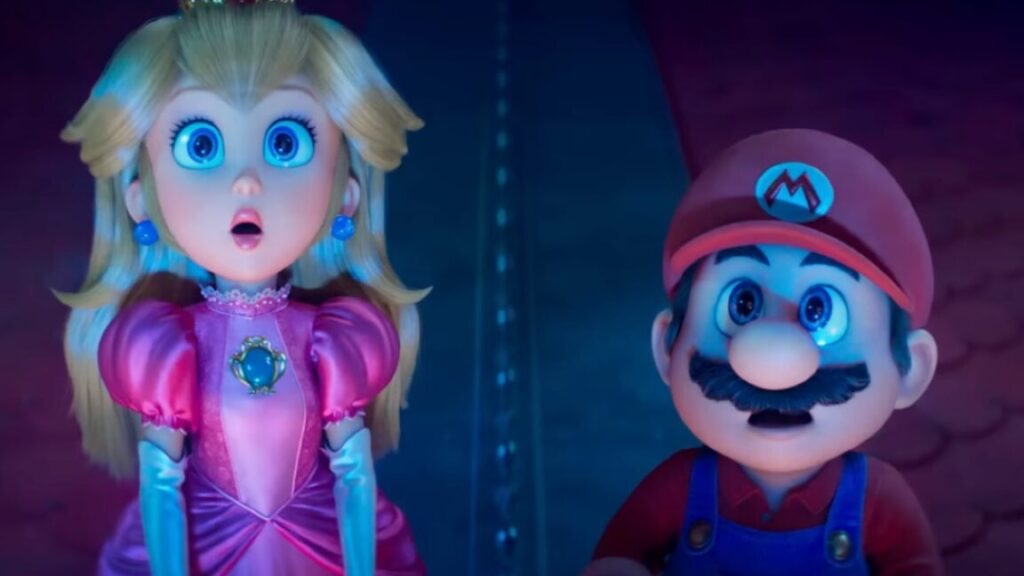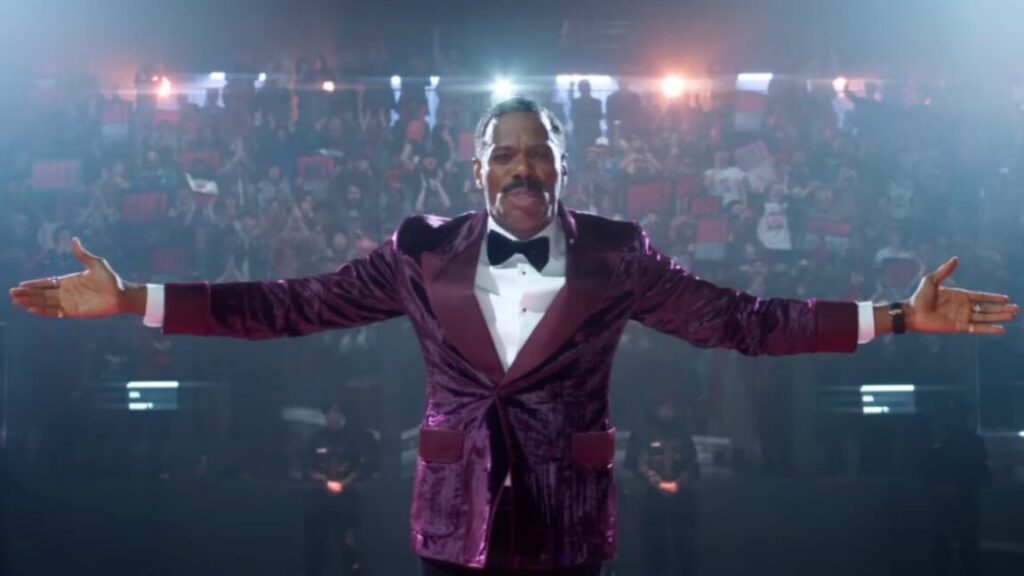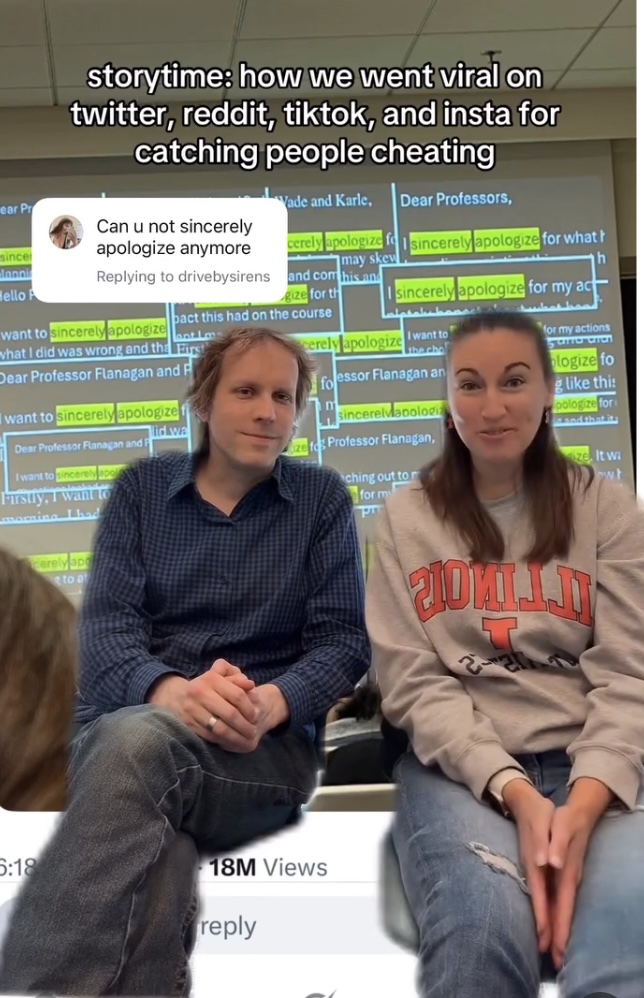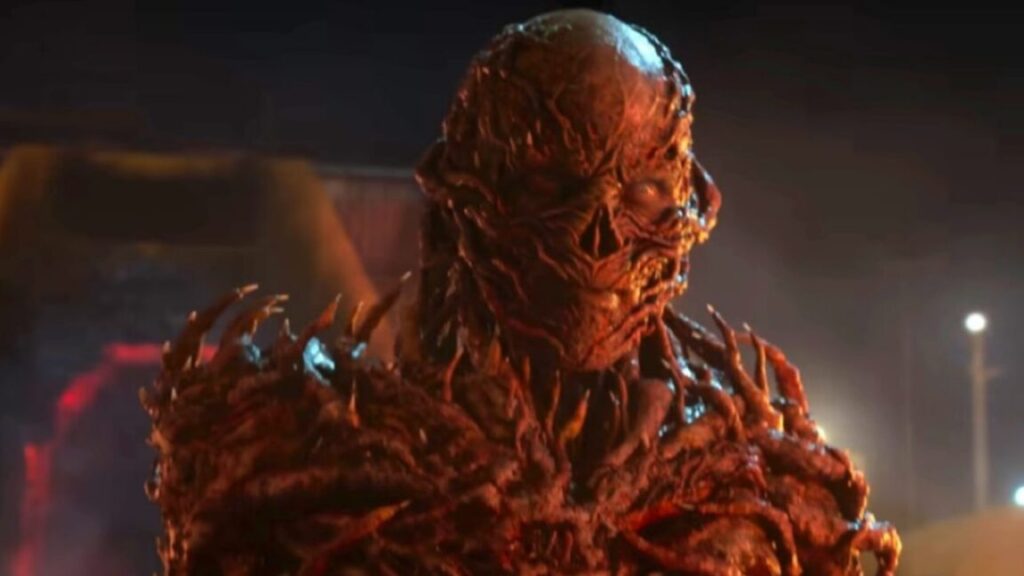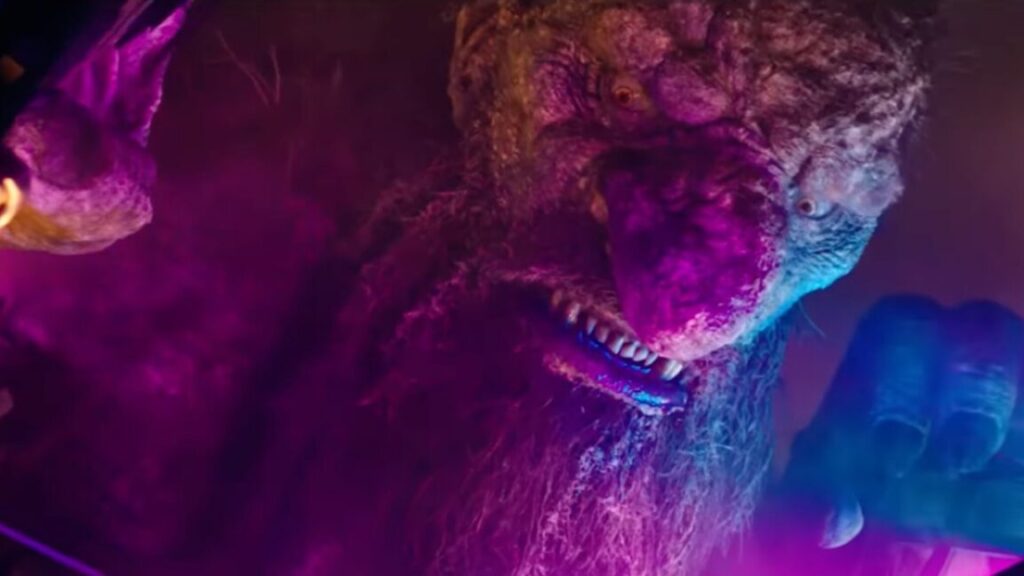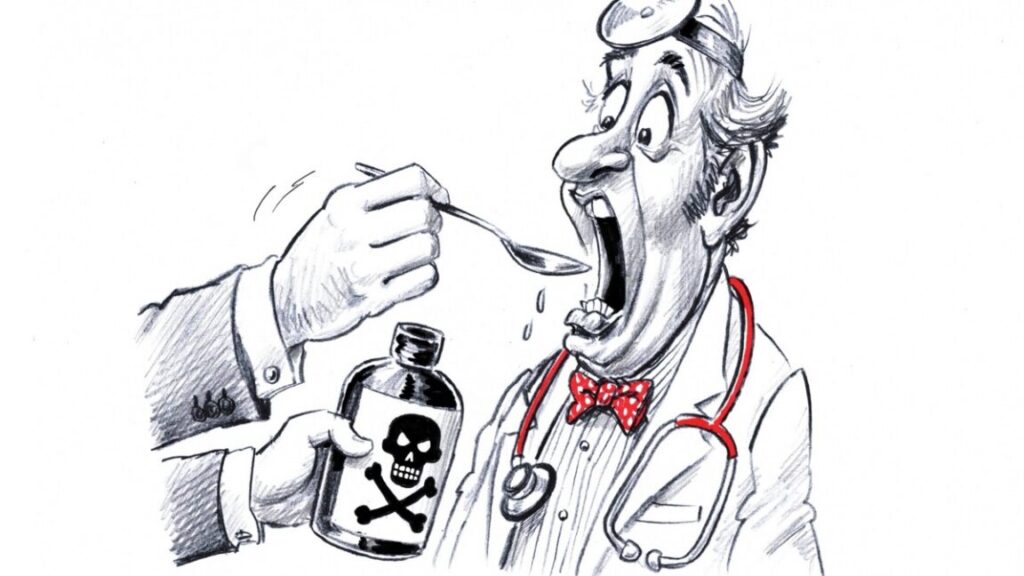Civil war is brewing in the wasteland in Fallout S2 trailer
Purnell, Goggins, MacLachlan, and Moten all return for S2, along with Moises Arias as Lucy’s younger brother, Norm, and Frances Turner as Barb Howard, Cooper’s wife and a high-ranking Vault-Tec executive. Justin Theroux joins the S2 cast as Mr. Robert House, founder and CEO of RobCo Industries, as well as Macaulay Culkin (possibly playing Caesar) and Kumail Nanjiani, both of whom appear briefly in the new trailer.
The Ghoul (Walton Goggins) has been searching for his family for 200 years. YouTube/Prime Video
The trailer opens with Maximus chatting with another denizen of the wasteland, who insists that while he’s seen lots of crazy and unnatural things in his struggle to survive, he’s never seen good people. Maximus has met one good person: Lucy. But his acquaintance isn’t having it. “I would be a good person too if I grew up in some cozy impenetrable home,” he says. “Wouldn’t have to steal and stab and fib all the time just to get by.”
Lucy, of course, has been challenged to hang onto her fundamental decency while navigating the brutal surface world, hardening just enough to do what’s necessary to survive. She’s now looking for her father with a new motive: to bring him to justice, “so people know that how they conduct themselves matters, and they don’t give up hope.” (We catch a few glimpses of Hank, most notably experimenting on a mouse in the lab, with disastrous results.) The Ghoul, for his part, is looking for his family; it’s the only reason he’s hung around for 200 years. Meanwhile, civil war is brewing, and you just know our main cast will all end up caught up in the conflict.
The second season of Fallout premieres on December 17, 2025, on Prime Video.
Civil war is brewing in the wasteland in Fallout S2 trailer Read More »
